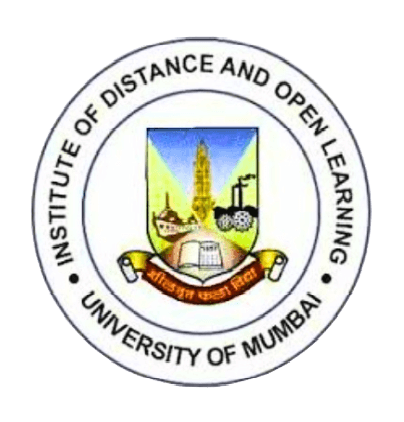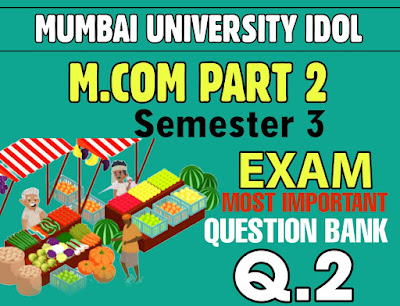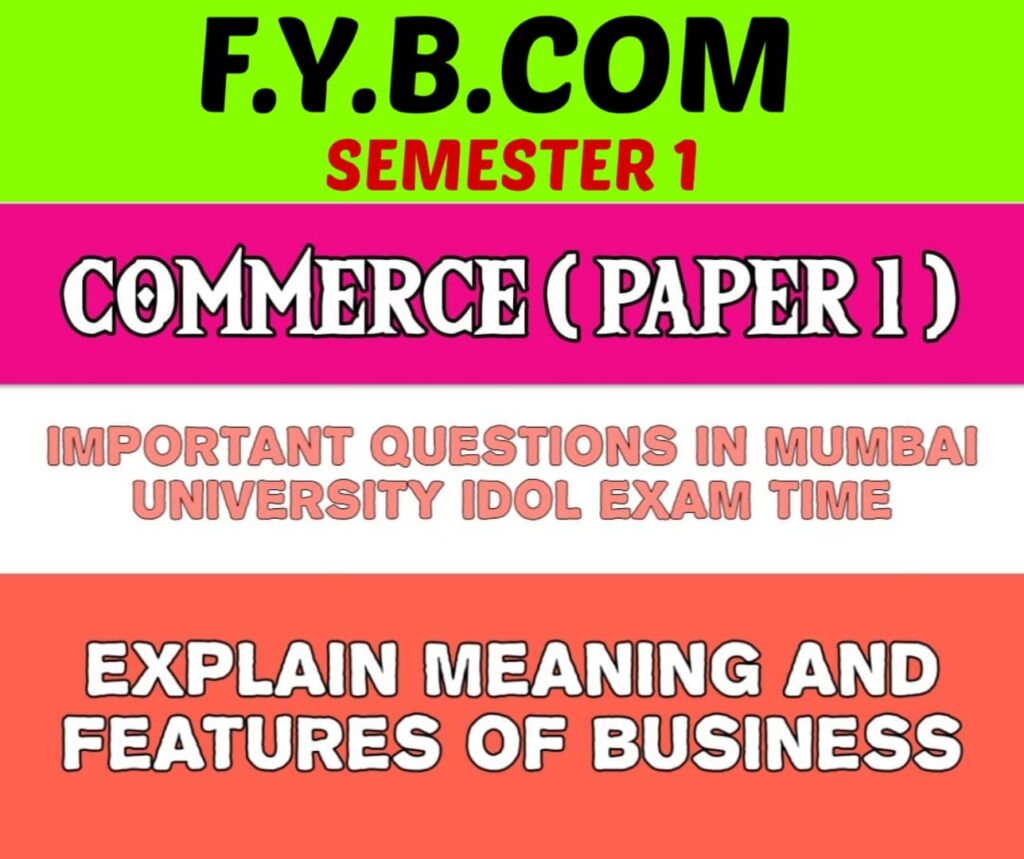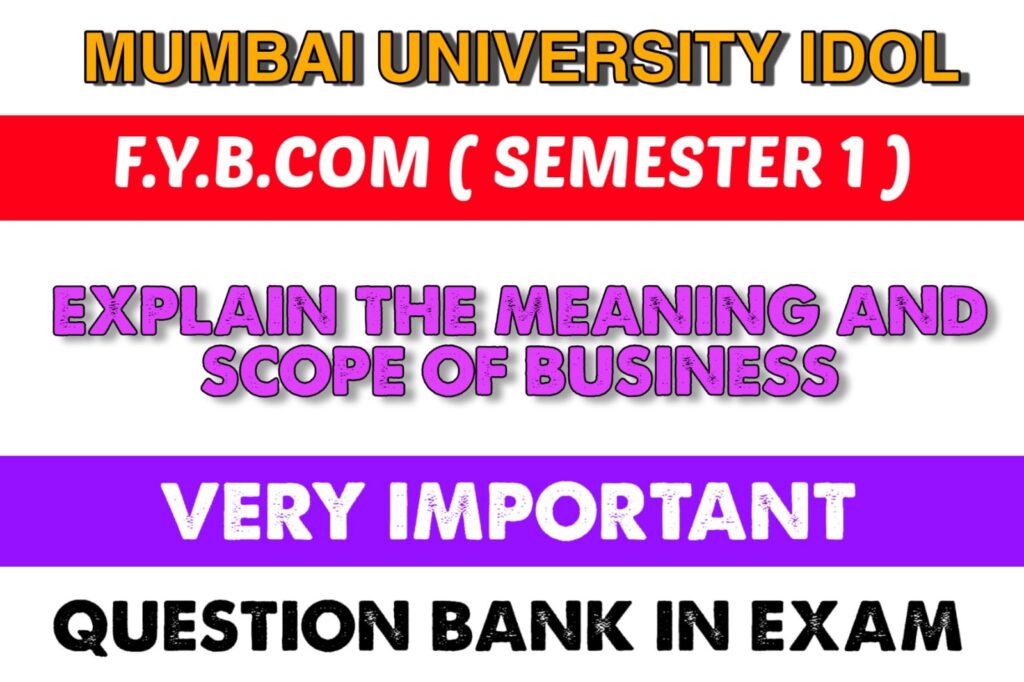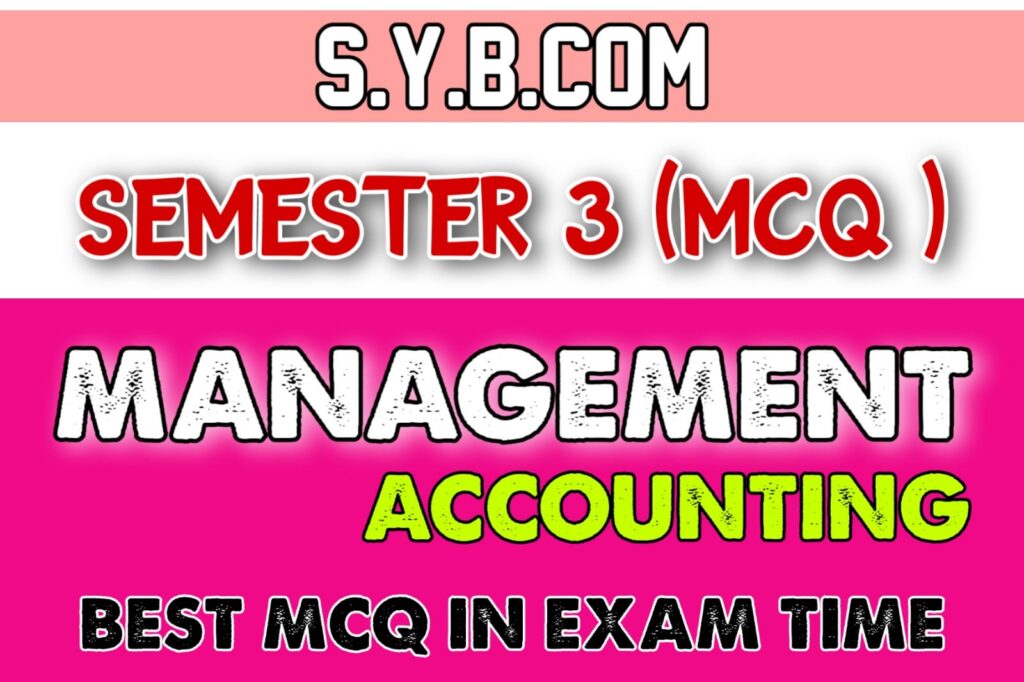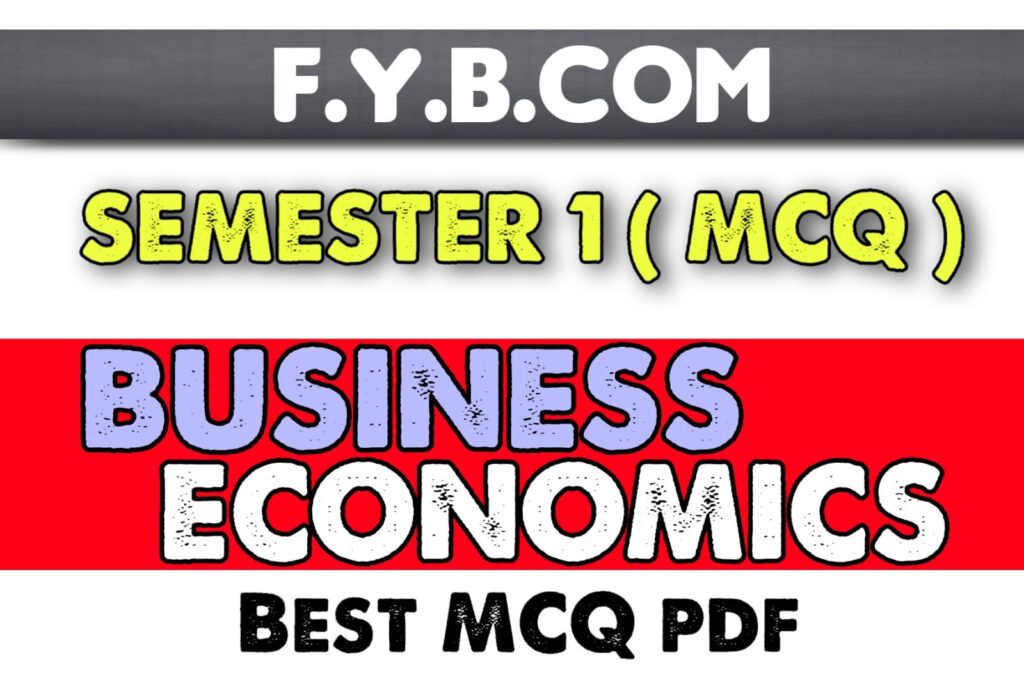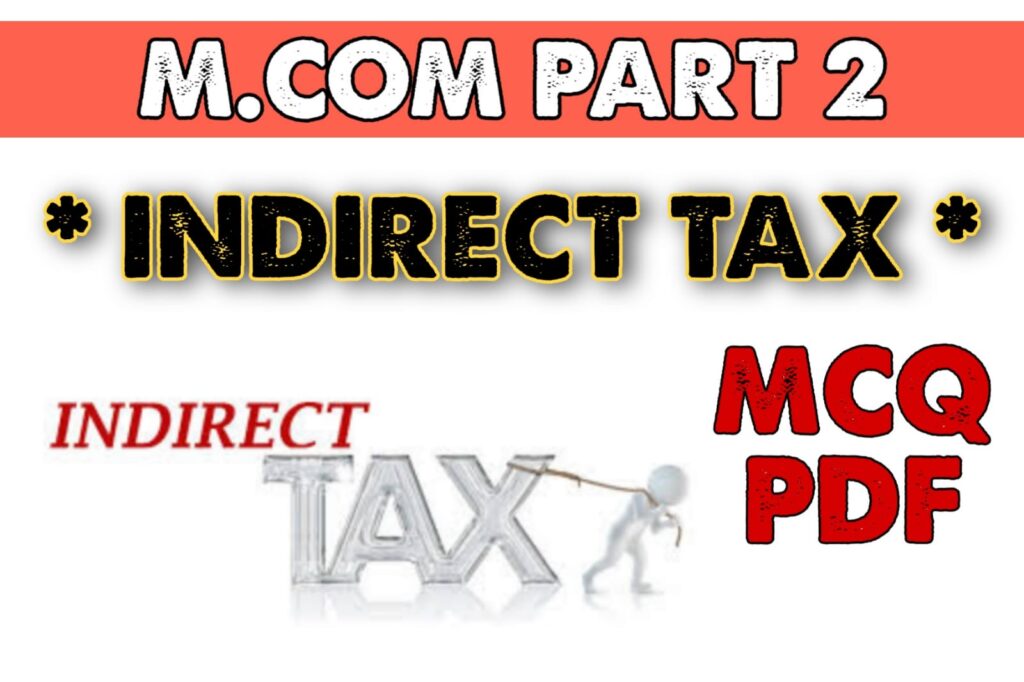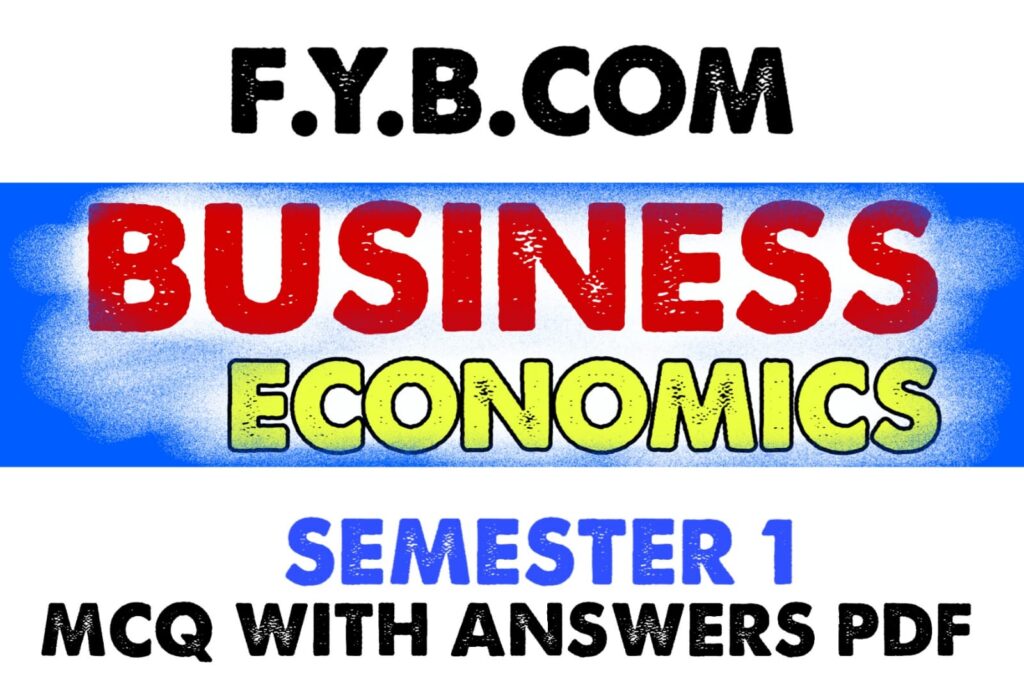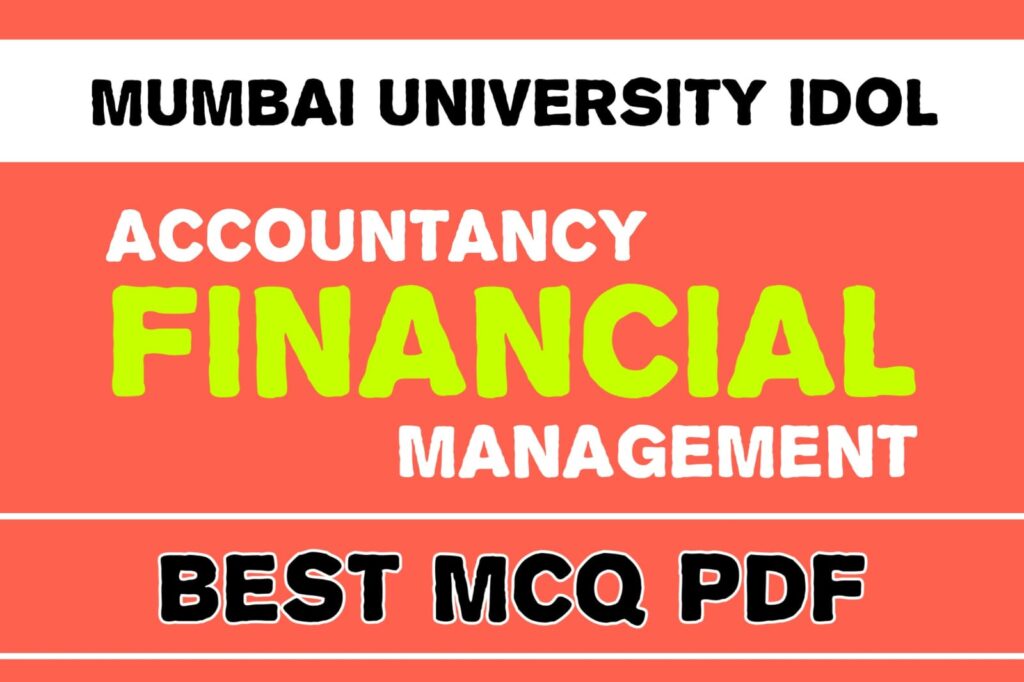Rural marketing M.com semester – iii (cbcs) most important questions
M.COM SEMESTER – III (CBCS) RURAL MARKETING Most Important Question Bank for Current Exam Module – I Q.2. Explain the evolution of Rural Marketing. ANS: Part I (Before 1960): Rural marketing referred to selling of rural products in rural and urban areas and agricultural inputs in rural markets. It was treated as synonymous to „agricultural marketing’. 4 Agricultural produces like food grains and industrial inputs like cotton, oil seeds, sugarcane etc. occupied the central place of discussion during this period. The supply-chain activities of firms supplying agricultural inputs and of artisans in rural Rural Marketing areas received secondary attention. The local marketing of products like bamboo baskets, ropes, window and door frames, small agricultural tools like ploughs by sellers like black smiths, carpenters, cobblers, and pot makers were emphasised in general. This was totally an unorganized market where all banias and mahajans (local business people) dominated this market. Part II (1960 to 1990): In this era, green revolution resulted from scientific farming and transferred many of the poor villages into prosperous business centers. As a result, the demand for agricultural inputs went up especially in terms of wheats and paddies. Better irrigation facilities, soil testing, use of high yield variety seeds, fertilizers, pesticides and deployment of machinery like powder tillers, harvesters, threshers etc. changed the rural scenario. In this context, marketing of agricultural inputs took the importance. Two separate areas of activities had emerged- during this period „marketing of agricultural inputs’ and the conventional “Agricultural Marketing”. During this period, the marketing of rural products received considerable attention in the general marketing frame work. The formation of agencies like Khadi and Village Industries Commission, Girijan Cooperative Societies APCO Fabrics, IFFCO, KRIBHCO, etc., and also the special attention government had paid to promote these products were responsible for this upsurge. Village industries flourished and products like handicrafts, handloom textiles, soaps, safety matches, crackers etc. hit the urban market on a large scale from rural areas. Part III (After Mid 1990s): The products which were not given attention so far during the two earlier phases were that of marketing of household consumables and durables to the rural markets due to obvious reasons. The economic conditions of the country were as such that the rural people were not in a position to buy these kinds of products. Secondly, our market was in a close shape and we never allowed companies (foreign) to operate in Indian market. But we lifted the … and opened up economy, consequently companies started flourishing in India. The small villages/hamlets were widely scattered making reach difficult and expensive consequently. Rural markets were seen an adjunct to urban market and conveniently ignored. However, since 1990s, India’s industrial sector had gained in strength and maturity. Its contribution to GNP increased substantially. A new service sector had emerged signifying the metamorphosis of agricultural society into industrial society. Meanwhile, due to the development programmes of the central and state governments, service organizations and socially responsible business groups like Mafatlal, Tatas, Birlas, Goenkas and others, the rural area witnessed an all round socio-economic progress. The economic reforms further accelerated the process by introducing competition in the markets. Steadily, the rural market has grown for household consumables and durables. Rural marketing represented the emergent distinct activity of attracting and serving rural markets to fulfil Rural Marketing the needs and wants of persons, households and occupations of rural people. As a result of the above analysis, we are in a position to define rural marketing “Rural marketing can be seen as a function which manages all those activities involved in assessing, stimulating and converting the purchasing power 6 into an effective demand for specific products and services, and moving them to the people in rural area to create satisfaction and a standard of living for them and thereby achieves the goals of the organization”. If you want exam most important question bank pdf then you have to pay per subject 100/- rupees only . Contact 8652719712 / 8779537141 Telegram Group Mumbai Univeersity :- https://t.me/mumbaiuniversityidol Suraj Patel Education :- https://t.me/surajpateleducation F.Y.J.C EXAM :- https://t.me/FYJCexam S.Y.J.C EXAM :- https://t.me/SYJCexam F.Y EXAM :- https://t.me/fyexam S.Y EXAM :- https://t.me/syexam T.Y EXAM :- https://t.me/tyexam M.Com Part 1 EXAM :- https://t.me/McomPart1Exam M.Com Part 2 EXAM :- https://t.me/McomPart2Exam M.A EXAM :- https://t.me/mastudentsexam YouTube Channel https://www.youtube.com/channel/UCv8JIY58xfWHUIXVu9wxNHw
